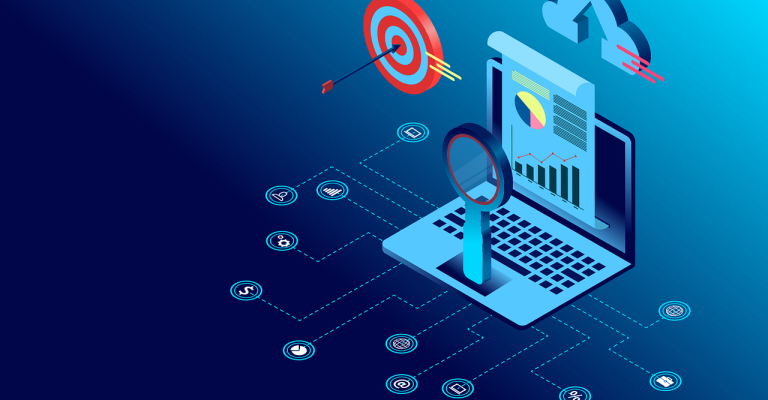Emerging Cybersecurity Trends
In today’s digital age, cybersecurity has become a major concern for individuals and organisations alike. With the rise of cyber threats and attacks, there is a growing need to stay ahead of the curve when it comes to cybersecurity. In this article, we will discuss some of the current cybersecurity trends and make predictions for the future.
Cloud Security
As we witness an unprecedented shift of businesses transitioning their operations to the cloud, the necessity for robust cloud security escalates correspondingly. Cloud security, a comprehensive term, signifies the myriad measures, strategies, and protocols that are diligently implemented to safeguard data, applications, and the supporting infrastructure within the cloud environment from unauthorised access, cyber-attacks, or data breaches. This includes anything from sensitive client information to proprietary company data.
This data, residing in the vast digital realm of the cloud, can be accessible from virtually anywhere across the globe, rendering it susceptible to potential malicious activities. This underlines the criticality of securing this data, thus increasing the demand for fortified cloud security mechanisms.
Artificial Intelligence (AI) and Machine Learning (ML) for Cybersecurity
AI and ML are already being used in cybersecurity to detect and respond to cyber threats. These technologies can help identify patterns in data and detect anomalies that may indicate a cyber attack. We can expect to see more advanced AI and ML algorithms in the future, which will be able to detect and respond to threats in real-time. We think it’s a safe bet that this will continue in cybersecurity trends going forward.
Internet of Things (IoT) Security
As more devices become connected to the internet, the need for IoT security will continue to grow. IoT security refers to the measures put in place to protect internet-connected devices from cyber attacks. With the increasing popularity of smart homes and smart cities, we can expect to see more IoT security solutions and services in the future.
Identity and Access Management (IAM)
Identity and access management (IAM) refers to the processes and technologies used to manage and secure user identities and access to systems and data. With the increasing number of users and devices accessing corporate networks and data, IAM will become increasingly important in the future. We can expect to see more advanced IAM solutions that use biometric authentication and other advanced technologies.
Zero Trust Security
Zero Trust Security is a security model that requires all users, devices, and applications to be authenticated and authorised before they can access corporate networks and data. With the increasing number of cyber threats, Zero Trust Security will become a more common approach to cybersecurity trends in the future. We can expect to see more advanced Zero Trust Security solutions that use AI and ML to detect and respond to threats.
Quantum Computing and Cryptography
Quantum computing is a new technology that has the potential to break current encryption algorithms used to secure data. With the increasing power of quantum computing, we can expect to see a need for new encryption algorithms that are resistant to quantum attacks. This will be a major challenge for the cybersecurity industry in the future and will always be one of the top cybersecurity trends.
In conclusion,
In the rapidly evolving digital landscape, cybersecurity trends have emerged as a paramount concern, and this trend is expected to persist in the future as technological advancements continue to reshape our interconnected world. The proliferation of internet-connected devices, coupled with the expanding domains of cloud computing, artificial intelligence (AI) and machine learning (ML), the Internet of Things (IoT), Identity and Access Management (IAM), Zero Trust Security, and the potential impact of quantum computing, present both immense opportunities and unprecedented challenges for cybersecurity professionals.















